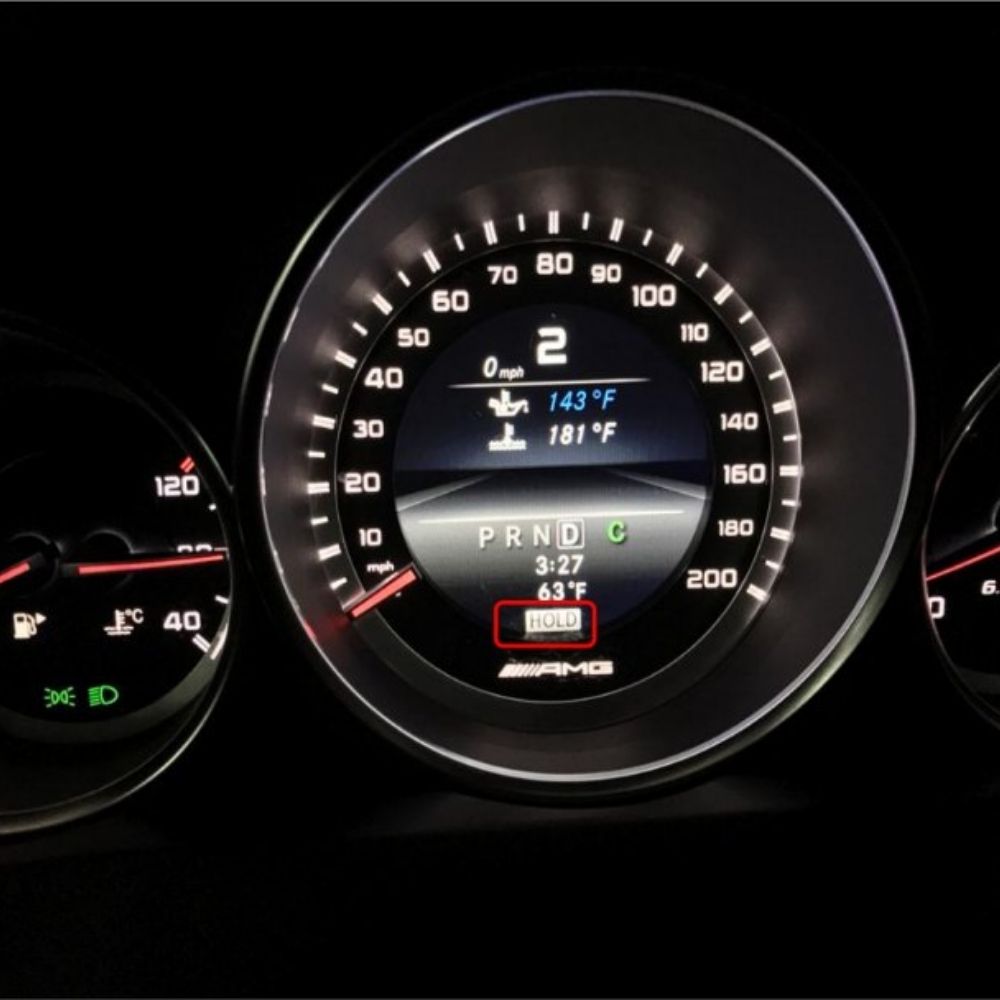
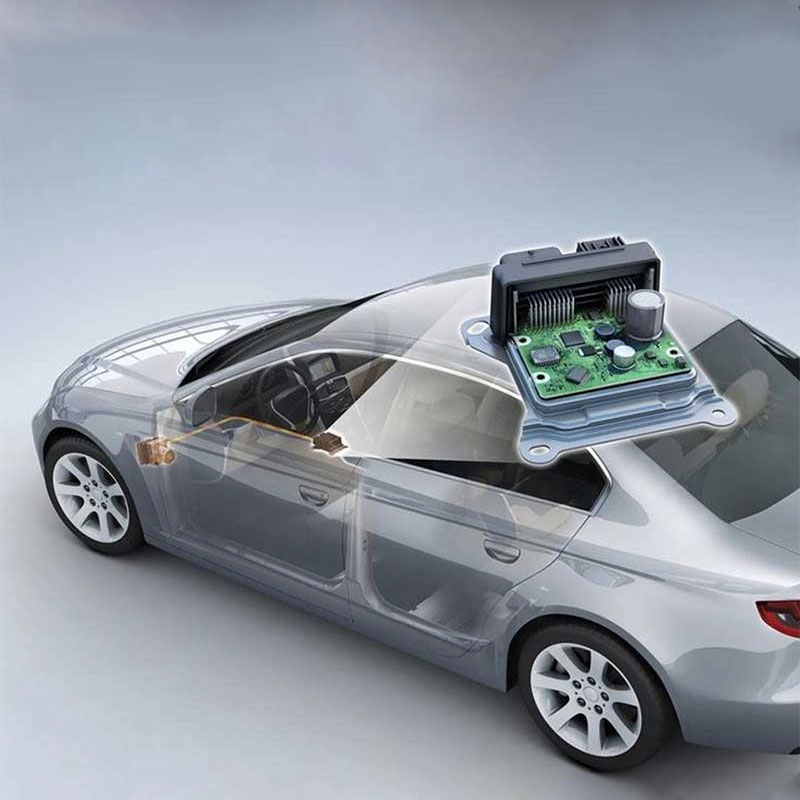
The modern automotive landscape has been revolutionized by the integration of Electronic Control Units (ECUs). These embedded microcomputers manage critical vehicle functions such as engine performance, transmission control, advanced driver-assistance systems (ADAS), and infotainment. With contemporary cars featuring over 100 ECUs, the shift towards software-defined vehicle architectures is evident. This article explores the fundamentals of ECUs, their working principles, common issues, and how they contribute to the advancement of vehicle technology.
Table of Contents
ToggleAn Electronic Control Unit (ECU) is a microcontroller-based system that monitors, processes, and controls various automotive subsystems. It serves as the brain of a vehicle, executing pre-programmed algorithms to optimize performance, safety, and efficiency. ECUs vary in function, ranging from Engine Control Modules (ECM) to Transmission Control Modules (TCM) and Brake Control Modules (BCM).
To put it simply, the ECU definition car mechanics use is:
A programmable microcontroller that interprets data from sensors and makes real-time adjustments to engine, fuel, ignition, and emission systems.
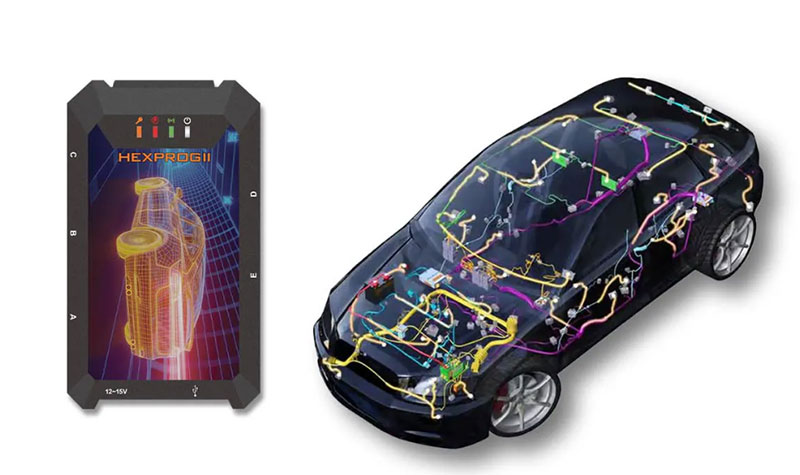
If you’re looking to deepen your understanding of ECUs, vehicle networks, and modern diagnostic systems, AutoExplain also provides a comprehensive Automotive Online Training Course. With a single $50 all-access fee, you can learn at your own pace and strengthen the core knowledge needed to work confidently with today’s software-driven vehicles.
=> Learn more about Core Components of an ECU
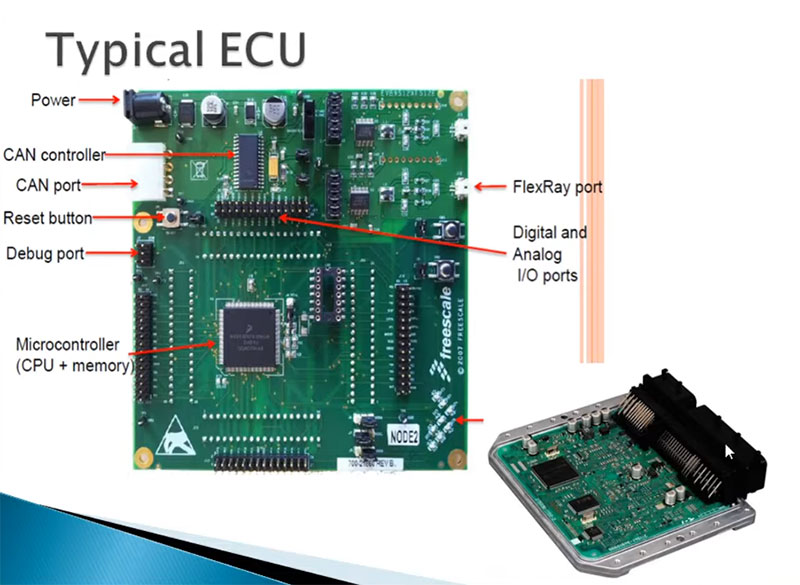
Understanding how an ECU works is crucial to grasp how modern cars manage performance, emissions, and safety systems. At its core, the Electronic Control Unit (ECU) is a decision-making computer that uses real-time data to control various engine and subsystem parameters.
To break it down, the ECU operates through a continuous loop of input, processing, and output—executed in milliseconds.
The ECU constantly receives data from a network of sensors throughout the vehicle. These sensors monitor key operational parameters, such as:
| Sensor Type | Data Collected |
|---|---|
| Mass Air Flow (MAF) Sensor | Measures the amount of air entering the engine |
| Throttle Position Sensor (TPS) | Detects how far the throttle is open |
| Oxygen (O2) Sensors | Monitors the air-fuel ratio in exhaust gases |
| Engine Coolant Temp Sensor | Tracks engine temperature |
| Crankshaft/Camshaft Sensors | Detect engine position and RPM |
| Manifold Absolute Pressure (MAP) | Measures intake pressure |
| Knock Sensor | Detects engine knock or pinging |
These sensors convert physical parameters into electronic signals (voltage) that the ECU reads through its analog or digital inputs.
You may be interested in:: ECU Programming Service
Once the ECU receives sensor data, it interprets the inputs using pre-programmed logic and lookup tables stored in its internal memory (ROM/EEPROM). The key processing steps include:
Sensor signal conditioning: Filtering noise and converting analog inputs to digital data (ADC conversion).
Data comparison: Comparing inputs to expected values (e.g., is the engine running lean or rich?).
Decision-making: Using control algorithms and maps (such as fuel maps and ignition maps) to decide how to adjust outputs.
Error detection: Checking for inconsistencies or faulty signals. If a problem is detected, the ECU stores a DTC (Diagnostic Trouble Code) and may trigger the Check Engine Light.
Example: If the oxygen sensor signals a lean mixture, the ECU might respond by increasing injector pulse width to enrich the fuel mixture.
The processing speed of a modern ECU is extremely fast—calculations and decisions are made thousands of times per second, enabling precise real-time control of engine and vehicle functions.
Based on the processed data and internal logic, the ECU sends output signals to various actuators to adjust system behavior. These outputs include:
| Actuator | ECU Command Function |
|---|---|
| Fuel Injectors | Controls injection timing and duration |
| Ignition Coils | Adjusts spark timing (advance or retard) |
| Idle Air Control Valve | Maintains stable engine idle RPM |
| Variable Valve Timing Solenoids | Adjusts valve overlap based on load/RPM |
| Turbo Wastegate Solenoid | Regulates boost pressure in turbocharged engines |
| EGR Valve | Controls exhaust gas recirculation to reduce NOx |
| Electronic Throttle Body | Modulates throttle opening electronically |
These actuators receive PWM signals (Pulse Width Modulated) or voltage commands from the ECU, telling them exactly how and when to operate.
The ECU doesn’t just command and forget—it uses a closed-loop system to fine-tune performance continuously. Here’s how:
The ECU sends a command (e.g., 8ms injector pulse).
The action is executed (fuel is sprayed).
Sensors (like O2 sensors) report the result (air-fuel ratio).
ECU checks if the outcome matched expectations.
If not, it makes a new adjustment on the next cycle.
This dynamic adjustment ensures optimal performance, fuel economy, and emissions control under all driving conditions.
In modern vehicles, the ECU doesn’t operate alone. It communicates with dozens of other control modules (ABS, TCM, BCM, etc.) over high-speed networks like:
CAN Bus (Controller Area Network)
LIN Bus (Local Interconnect Network)
FlexRay (used in luxury or performance cars)
Ethernet (used in next-gen vehicles)
Through this communication, the ECU can coordinate tasks—like reducing engine power during ABS activation or enabling smooth gear shifts via the TCM.
Some advanced ECUs feature adaptive learning capabilities. Over time, the ECU “learns” driver habits, engine wear patterns, and environmental conditions to fine-tune its operations. For example:
It may adjust idle speed based on engine wear.
Optimize transmission shift points based on driver behavior.
Adapt air-fuel ratios based on fuel quality variations.
This allows the ECU to provide consistent performance and longevity, even as the vehicle ages.
Earlier vehicles had independent ECUs for each function, leading to wiring complexity and increased vehicle weight.
To improve efficiency, modern vehicles use domain-based ECUs that integrate related functions. For example:
The latest trend in automotive technology involves zonal architectures, where ECUs are organized by vehicle regions (front, rear, cabin). This setup reduces wiring complexity and enhances real-time communication using Automotive Ethernet.
These ECUs manage systems that contribute to propulsion and drivetrain performance:
| ECU Name | Description |
|---|---|
| Engine Control Unit (ECU/ECM) | Controls fuel injection, ignition timing, idle speed, etc. |
| Transmission Control Module (TCM) | Manages gear shifts in automatic or dual-clutch transmissions. |
| Turbocharger Control ECU | Regulates boost pressure and wastegate operation. |
| Electric Drive Control Unit (EDCU) | Found in EVs; controls electric motors and inverters. |
These units optimize fuel efficiency, reduce emissions, and improve acceleration.

These ECUs are responsible for handling, ride comfort, and safety systems:
| ECU Name | Description |
|---|---|
| ABS ECU (Anti-lock Braking System) | Prevents wheel lockup during braking. |
| Electronic Stability Program (ESP) ECU | Helps maintain vehicle stability during cornering or skidding. |
| Adaptive Suspension ECU | Adjusts damping and suspension stiffness based on road conditions. |
| Electric Power Steering ECU (EPS ECU) | Controls assist level and steering feedback. |
These systems are critical for real-time traction, handling, and safety.
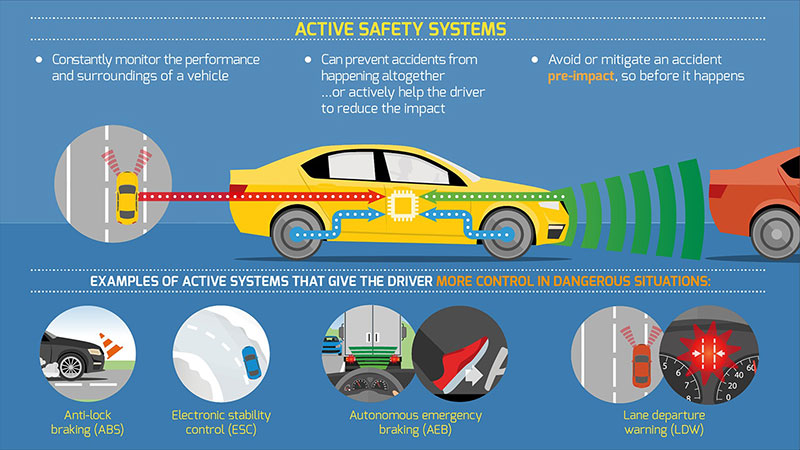
These manage non-driving functions that enhance comfort and convenience:
| ECU Name | Description |
|---|---|
| Body Control Module (BCM) | Controls lights, wipers, windows, door locks, etc. |
| HVAC ECU | Manages heating, ventilation, and air conditioning. |
| Smart Key ECU | Handles keyless entry, push-start ignition, and security. |
| Sunroof or Seat Control ECU | Operates luxury features like memory seats and powered roofs. |
They ensure a personalized and user-friendly cabin experience.
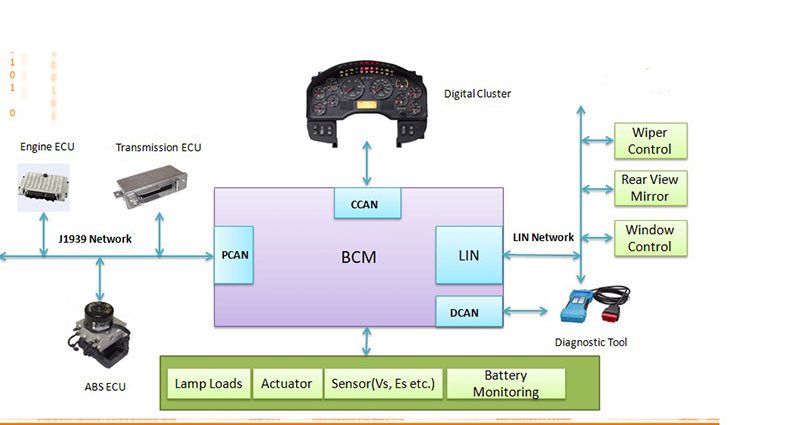
These ECUs provide entertainment, navigation, and communication services:
| ECU Name | Description |
|---|---|
| Infotainment Control Unit (ICU) | Runs multimedia systems like radio, Bluetooth, Android Auto/CarPlay. |
| Navigation ECU | Provides GPS-based location services and traffic data. |
| Telematics Control Unit (TCU) | Manages 4G/5G connectivity for over-the-air (OTA) updates and emergency call (eCall) functions. Uses TLS 1.3 encryption for secure V2X (vehicle-to-everything) communication. |
| Instrument Cluster ECU | Manages dashboard displays and warning indicators. |
Infotainment ECUs are increasingly connected to smartphones, cloud services, and autonomous driving aids.
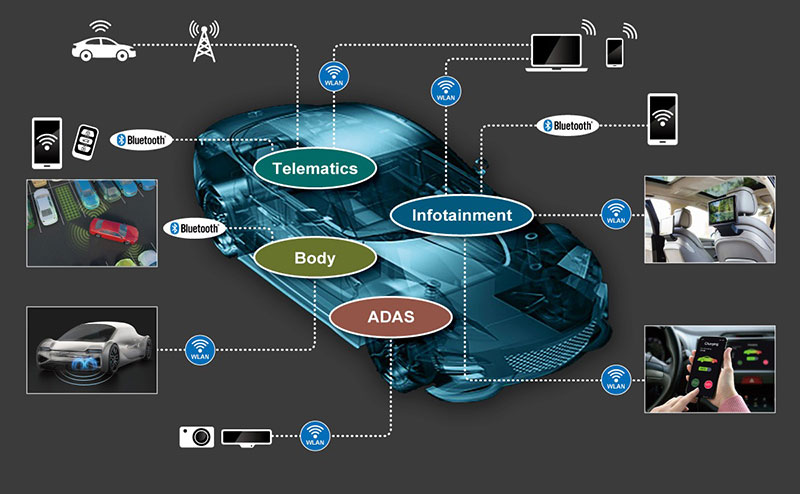
These modules support semi-autonomous or fully autonomous driving features:
| ECU Name | Description |
|---|---|
| ADAS Central ECU | Coordinates multiple assistance functions like lane-keeping and collision avoidance. |
| Camera ECU | Processes video input for lane detection or traffic sign recognition. |
| Radar and LiDAR ECU | Controls radar/LiDAR-based detection systems for adaptive cruise control. |
| Parking Assist ECU | Enables auto-parking and proximity alert functions. |
These ECUs are powered by AI algorithms, machine vision, and sensor fusion.
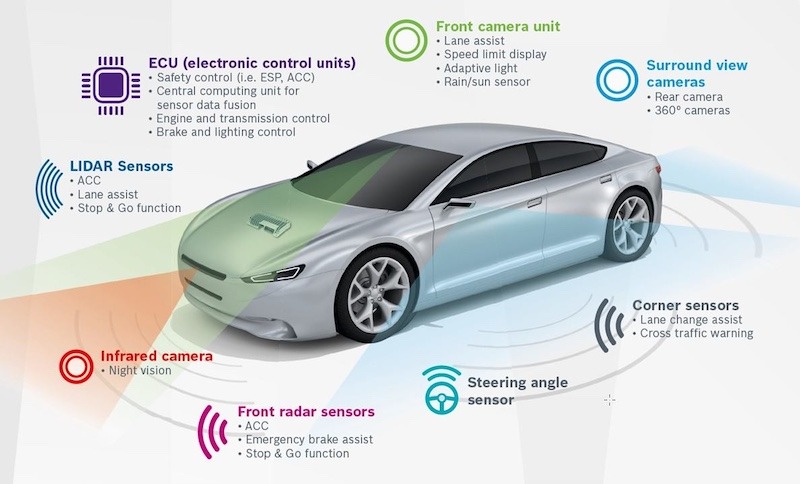
Automakers are shifting towards SDVs, where ECUs receive software updates over the air (OTA). This enables features like self-learning algorithms for improved efficiency.
ECUs are now designed with encryption protocols to prevent hacking attempts, ensuring vehicle safety.
Machine learning models analyze ECU data to detect potential failures before they occur, reducing downtime and maintenance costs.
ECUs have evolved from simple controllers to highly intelligent computational hubs central to modern automotive technology. They optimize vehicle performance, improve safety, and enable real-time diagnostics. As the industry moves towards AI-driven and software-defined vehicles, the role of ECUs will continue to expand.
=> You may also like: How to remap ECU
At AutoExplain, we provide expert assistance for car diagnostic services, ECU coding, and programming support. Whether you’re troubleshooting an ECU fault or optimizing vehicle performance, our team is here to help!
📞 Contact us via WhatsApp: +1(936)2896695
Stay ahead in automotive technology with AutoExplain!


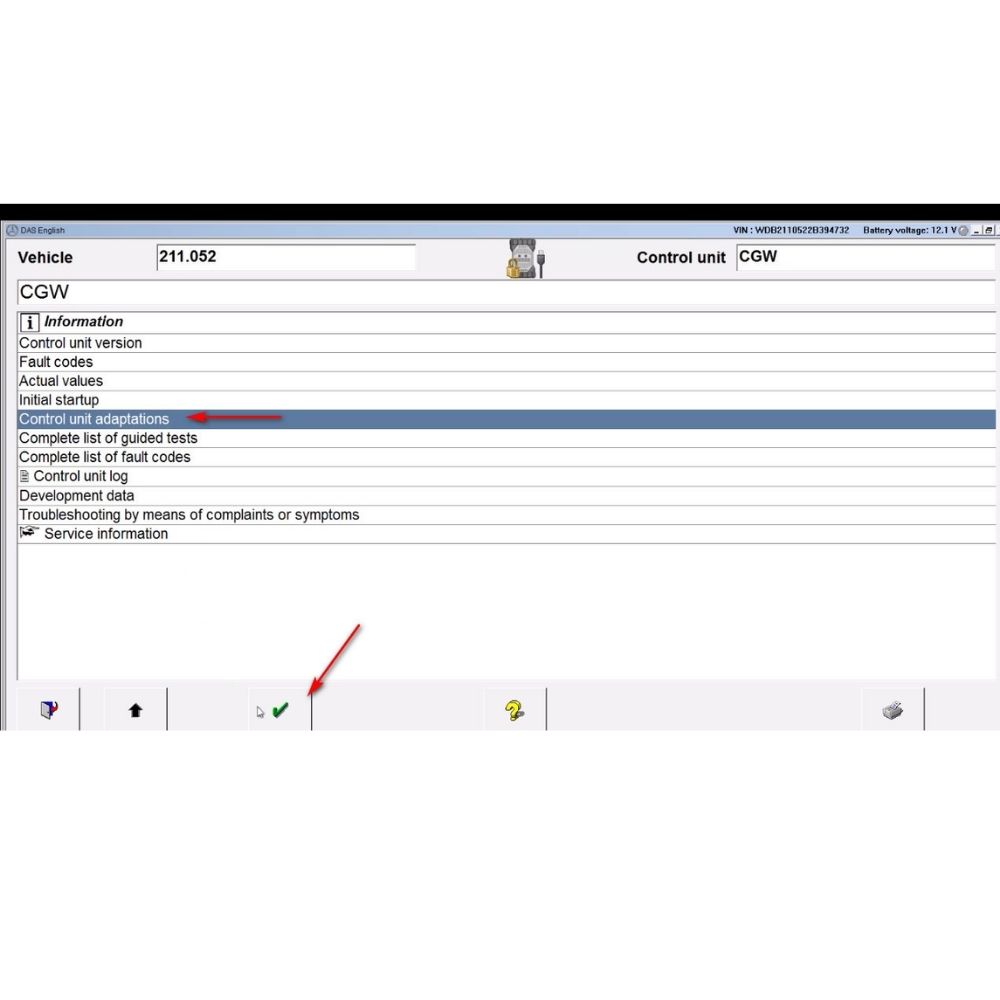
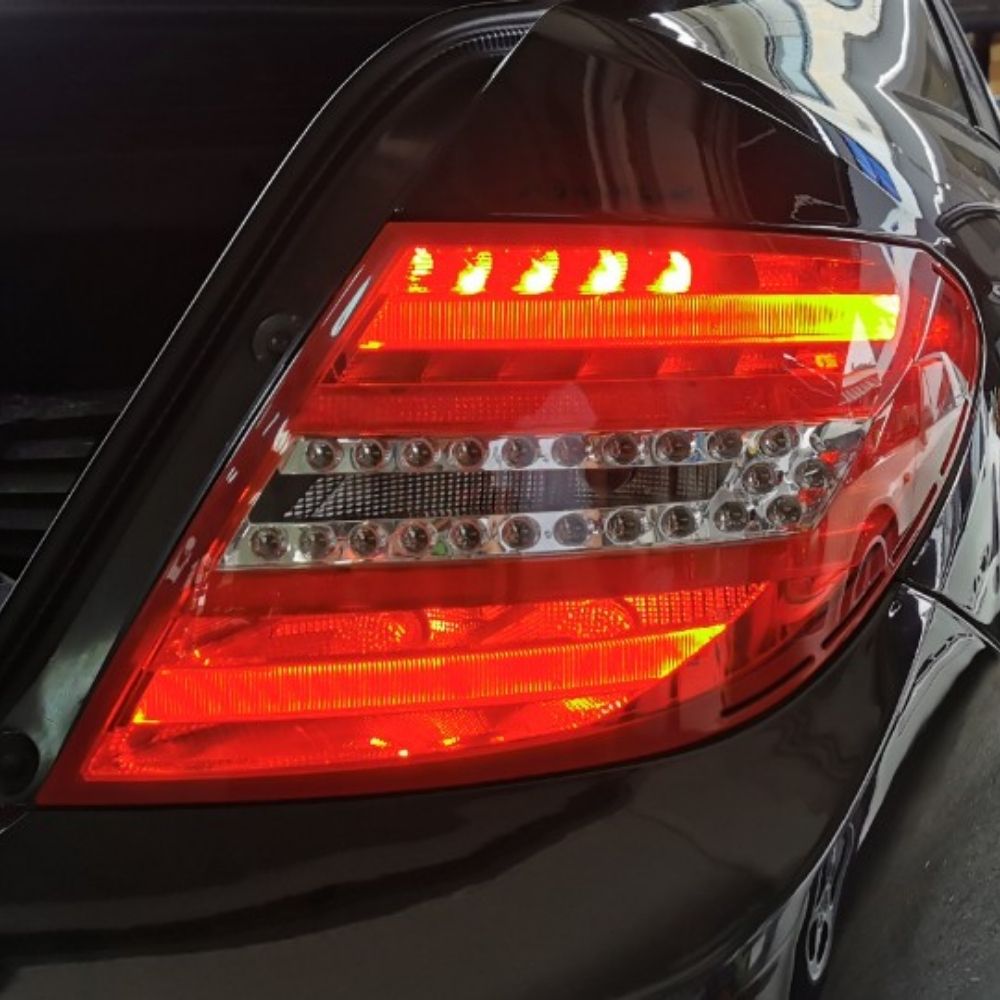
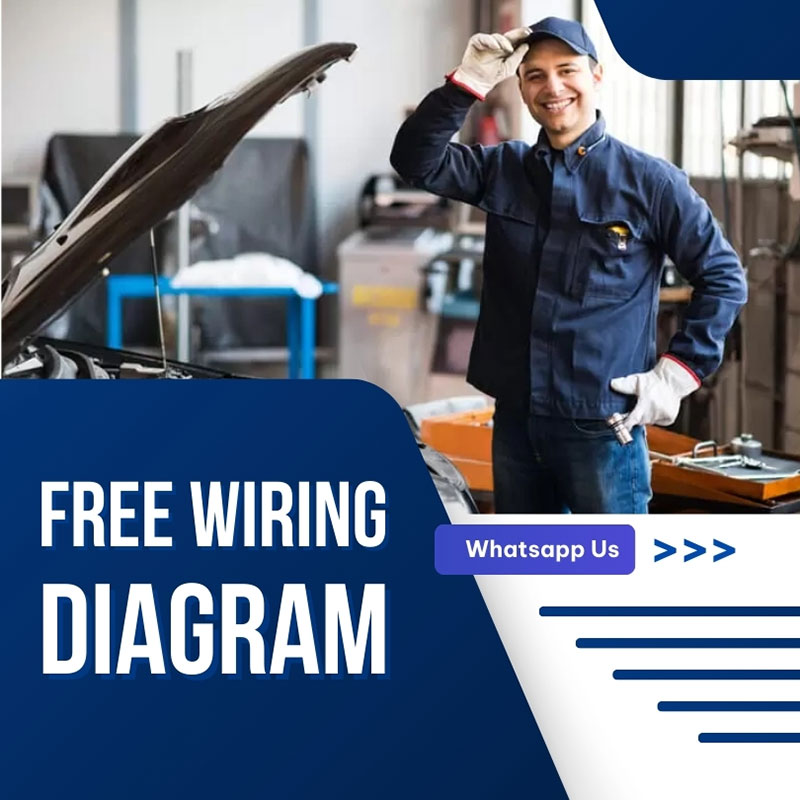
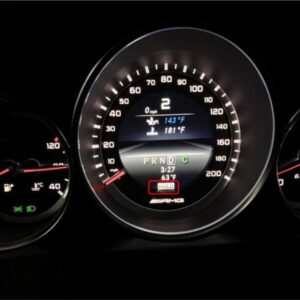
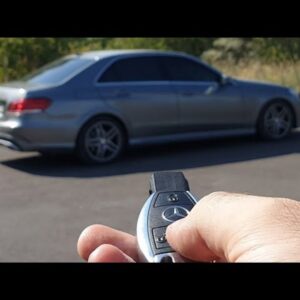

At AutoExplain, we provide automotive online repair service, auto repair tips, car repair manuals & document & training course to help mechanics of all experience levels—fix vehicles efficiently
AUTO EXPLAIN LLC
Employer Identification Number (EIN):
38-4349958
Whatsapp Us: +1(936)2896695
Gmail: [email protected]
Our Workshop: 1500 N Grant ST Sten Denver, Colorado, United States
Copyright 2025 © AutoExplain